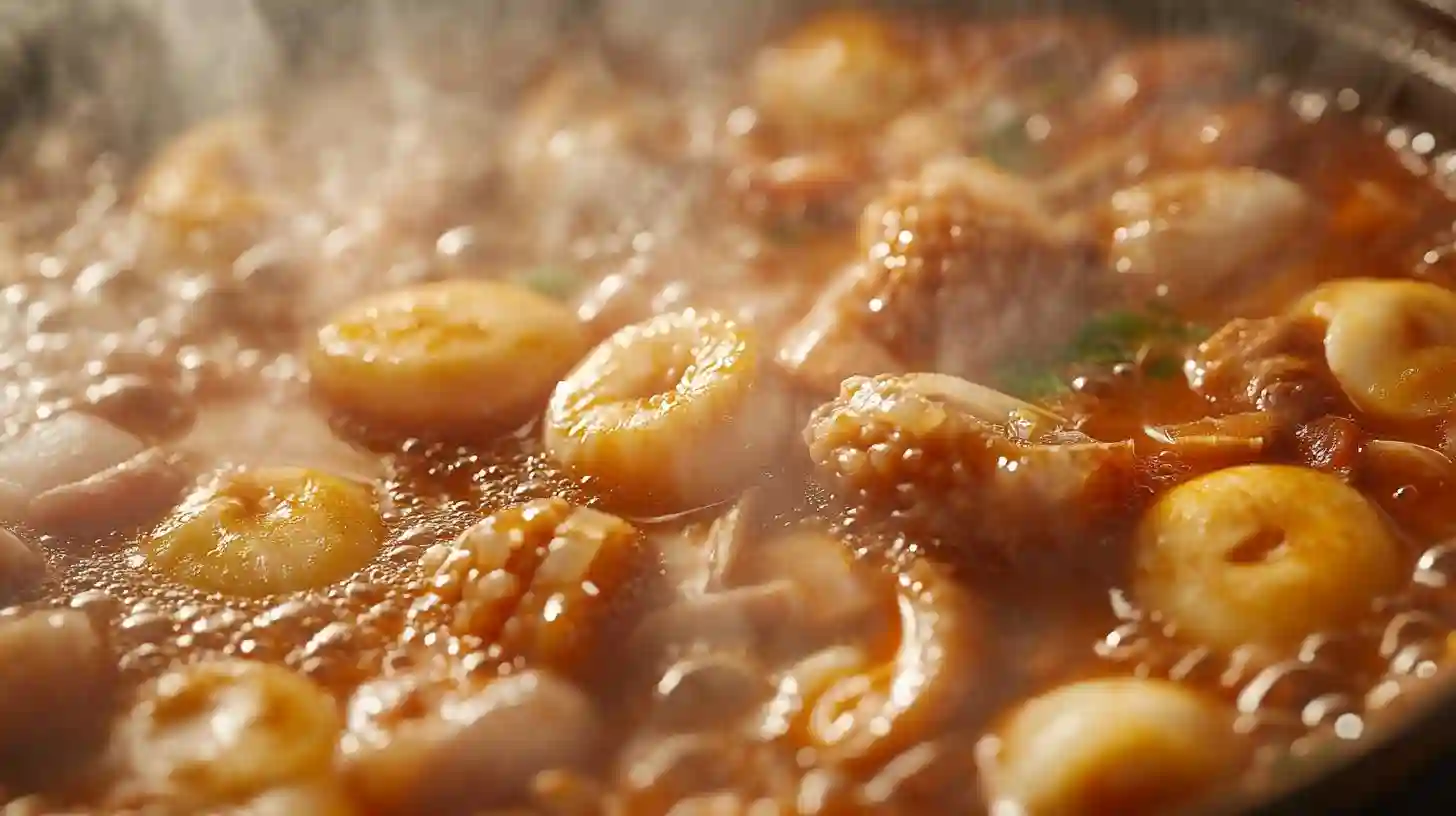
Stews stand as a cherished culinary tradition found across cultures worldwide, a delightful amalgamation of flavors, textures, and aromas. This versatile dish is created through the slow cooking process, where an array of ingredients meld together, producing a comforting and satisfying meal. At the heart of every stew lies a simple premise: slow-cook meat, vegetables, and seasonings, fostering the development of deep, rich flavors that awaken the senses.
One of the joys of making stew is its inherent flexibility. A stew can be created from a variety of meats such as beef, chicken, lamb, or even seafood. Each choice offers a distinct profile, lending itself to unique tastes and textures in the final dish. For instance, beef stew often showcases hearty chunks of meat that transform into melting tenderness, while chicken stews present a lighter, more delicate flavor. Furthermore, vegetarian and vegan stews have gained significant popularity, enabling a diverse range of ingredients such as legumes, grains, and seasonal vegetables to shine without any animal products. This adaptability ensures that stews can cater to countless dietary preferences while remaining satisfying and delicious.
The process of creating a stew typically begins with the selection of a base, usually some form of fat such as oil or butter. In this initial phase, aromatics like onions, garlic, and spices are sautéed to release their fragrances. This not only builds the foundation of flavor but also enhances the overall cooking experience. The choice of spices is crucial; a pinch of paprika, a sprinkle of thyme, or a dash of cinnamon can elevate a stew from ordinary to extraordinary. Different cultures infuse their stews with unique spice blends, showcasing local ingredients and culinary traditions. For example, a classic Moroccan tagine may feature the warming spices of cumin, coriander, and saffron, while a traditional French coq au vin emphasizes the rich flavors of red wine and herbs.
Once the aromatics are cooked, it is time to add the main ingredients. This is where the stew's character develops. It is common to brown the meat before introducing it to the pot, creating a caramelization that adds depth to the overall flavor. Vegetables play an essential role as well, with carrots, potatoes, celery, and bell peppers often making appearances. The selection of vegetables can vary depending on the season and personal preference, allowing for a creative expression through the use of colorful produce.
Liquids are vital in the stew-making process, as they contribute to the final consistency and help meld all ingredients. Broths or stocks serve as a sturdy foundation for flavors to build upon. For those looking for a deeper taste, incorporating wine, beer, or even a splash of vinegar can enhance the complexity of the dish. Working with gentle heat, it is crucial to allow the stew to simmer over time. This slow cooking allows the flavors to evolve, ensuring that the ingredients mingle harmoniously, resulting in a robust and deeply flavored meal.
Cooking times for stews vary based on the ingredients used. A good rule of thumb is to allow enough time for the meat to become tender, the flavors to sharpen, and the aroma to fill the kitchen with irresistible warmth. The patience required in making stew often rewards the cook with an unparalleled depth of flavor that cannot be achieved with quicker cooking methods. As the stew simmers, aromas waft through the home, invoking memories of family gatherings and comfort.
Serving stew can be as simple or elaborate as one desires. Often, it is accompanied by crusty bread or rice, perfect for soaking up the delicious broth. The presentation can vary; a bowl filled with steaming stew and a sprinkle of fresh herbs can elevate the dish visually as well as flavor-wise. Many cultures have their own etiquette surrounding stew, whether it is served as a main dish at celebratory feasts or enjoyed casually on a chilly evening.
The community aspect of sharing stew is significant as well. Stews are often associated with gatherings, emphasizing the importance of togetherness and warmth. Friends and family come together over a pot of stew, sharing stories and laughter while indulging in a meal that has been nurtured over the hours. The communal nature of stews, with everyone reaching for a bowl, reinforces bonds and provides a sense of belonging.
As a dish rich in history and culture, stews continue to captivate the hearts of many. Their adaptability, combined with the promise of comfort and nourishment, secures their place in kitchens around the globe. With each variation, stew tells a story, inviting us to explore different flavors and traditions while savoring the ultimate essence of home-cooked warmth.